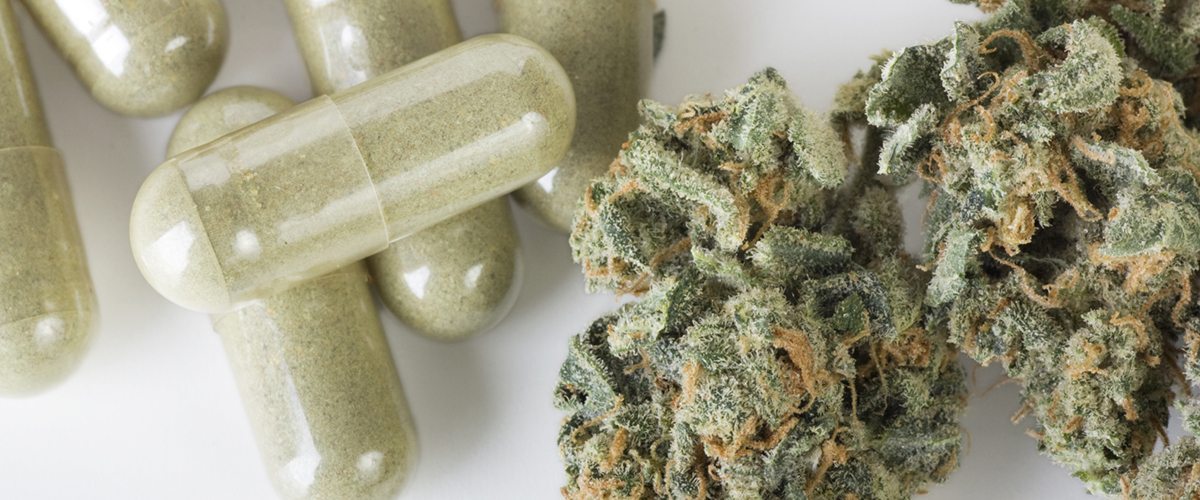[vc_row][vc_column][vc_column_text]
Multiple recently published studies show that the implementation of medical marijuana programs is offering participants significant symptom relief.
Over the past month, three separate studies examining the efficacy of medical marijuana programs discovered that a large majority of patients legally acquiring cannabis report significant relief from pain, nausea, anxiety, loss of appetite, depression, headaches and migraines, muscle spasticity, and seizures.
Survey: Minnesotans Benefit from State’s Medical Marijuana Program
Ninety percent of medical cannabis patients in Minnesota reported experiencing “mild to significant” benefits in the first three months since the state’s medical marijuana program launch, according to a survey published in the June issue of Minnesota Medicine Magazine.
The study was completed as part of the state’s legislative mandate that requires the Minnesota Department of Health’s Office of Medical Cannabis (OMC) to examine and report on the state’s medical cannabis program. The department sent a survey to the 435 patients who joined the state’s medical marijuana program and made purchases between July 1 and September 30, 2015. It requested patients rate their level of benefit from 1 to 7, with number ranges correlating to “no benefit,” “little perceived benefit,” “mild or moderate perceived benefit,” or “significant benefit.” Of the 435 patients requested, 241 completed and submitted the survey.
Minnesota legalized medical marijuana in May 2014 with the passing of SF 2470, which allows patients with certain medical conditions to buy cannabis in liquid or pill form, but the bill wasn’t enacted until July 1, 2015. The state allows medical cannabis for the treatment of cancer, glaucoma, HIV/AIDS, Tourette’s syndrome, Amyotrophic lateral sclerosis (ALS), seizures, severe and persistent muscle spasms, Crohn’s disease, and terminal illness. According to the survey, the top three conditions for medical cannabis use in Minnesota are severe muscle spasms, seizures, and cancer. Cancer patients were shown to report the highest benefit scores in the survey.
Israel Study: Patients Find Pain and Nausea Relief with Medical Marijuana
In Israel, researchers from Ben-Gurion University of the Negev (BGU) found that 90 percent of patients enrolled in Israel’s medical cannabis program have experienced significant improvements in symptoms like pain and nausea with treatments. The study, presented at the Sixth International Jerusalem Conference on Health Policy and led by Professor Pesach Shvartzman of BGU’s Faculty of Health Sciences, examined more than 2,000 cancer and non-cancer patients. The patients were surveyed over the phone within the first three months of starting treatment and then in four-month increments over a two-year span.
Patients reported improvements in pain, nausea, anxiety, and appetite and expressed an overall improvement in general feeling. Forty-four percent of patients reported an improvement in mood.
Over 99 percent of medical cannabis patients reportedly enrolled in Israel’s program after initially trying other medications and not finding relief, the study found. Over 55 percent enrolled after side-effects of their past medication required they something different.
Fewer than one in ten of the patients enrolled reported they stopped taking marijuana due to side effects or ineffectiveness after the first interview, and just six percent stopped after the second interview.
The Health Ministry in Israel slowly began their medical marijuana program in 1994, but the program picked up steam in 2002. Patients of all ages can apply for approval through the Sheba Medical Center. Approved conditions include cancer, HIV, chronic pain, Crohn’s disease or ulcerative colitis, multiple sclerosis, and post-traumatic stress disorder (PTSD).
Anonymous Online Survey: Medical Marijuana Effective for Symptom Relief
A cross-sectional survey recently published in Cannabis and Cannabinoid Research found that 86 percent of cannabis patients experience a reduction in disease and condition-related symptoms with marijuana use. In the study, led by Michelle Sexton of the Department of Medical Research at the Center for the Study of Cannabis and Society Policy in Seattle, 1429 participants identified as medical marijuana users were anonymously surveyed on the conditions for which they use cannabis, their method of administration, and their experienced relief.
The study found that cannabis is most used to address pain (61.2 percent), anxiety (58.1 percent), depression (50.3 percent), headaches and migraines (35.5 percent), nausea (24.7 percent), and muscle spasticity (18.4 percent). Nearly 60 percent of those surveyed reported using cannabis as an alternative to pharmaceutical prescription medications. Over 84 percent of participants responded that they most commonly inhaled cannabis.
Additionally, the study found that 41 percent of medical cannabis patients seek cannabis enriched in cannabidiol (CBD), a non-psychoactive cannabinoid found to have antioxidant and neuroprotective properties. In the United States, CBD derived from the marijuana variety of cannabis remains federally illegal unless acquired through participation in a medical marijuana program. However, CBD derived from hemp, a cannabis plant naturally low in tetrahydrocannabinol (THC), is legal under federal law.[/vc_column_text][/vc_column][/vc_row]






